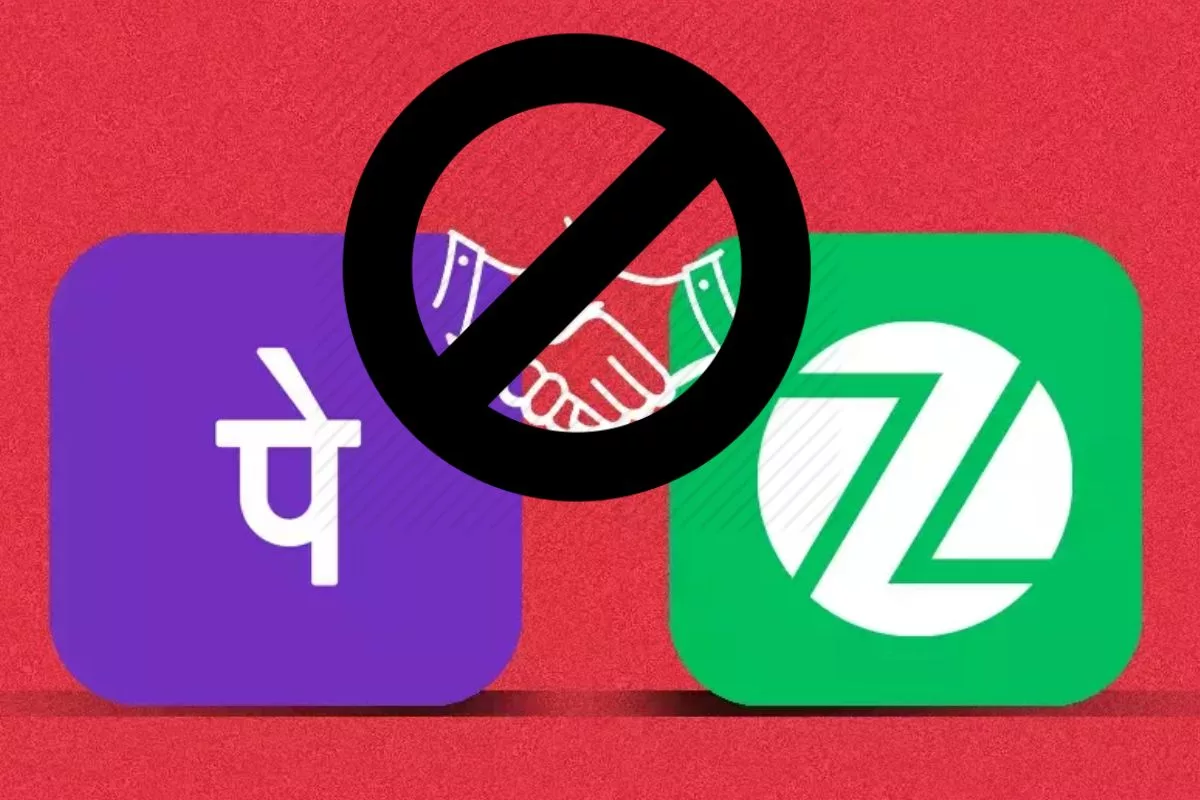Fall To Rs.100 Crores ZestMoney Faces Crisis Amidst Lending Taps Dry Up
Indian Fintech Company ZestMoney In Crisis Of Creditors

ZestMoney, a leading Indian fintech company providing digital lending services, has faced a significant challenge as lending taps dry up amidst a crisis. The company, which primarily operates in consumer lending, has been severely impacted by the economic downturn and changing market dynamics.
What The ZestMoney Crisis Is:
The Zestmoney crisis was impacted by several factors, including the overall economic downturn that led to a decrease in consumer spending and trust. When the financial graph oscillates with uncertainty, there is a tendency for customers to cut back on unnecessary expenses and focus on buying necessary purchases. This shift in consumer behavior has reduced the demand for credit and loans, making it harder for ZestMoney to attract borrowers.
The overall economic downturn, including recession or financial crisis, influences consumer spending and confidence. During tough economic times, customers often reduce unnecessary expenses and become more cautious with their finances. This downfall in the value of the financial system reduced consumer demand for loans and credit and can directly impact lending companies like ZestMoney.

The financial landscape of creditors is ever-evolving along with the rapid shifts in market dynamics. Increased competition from other fintech companies, traditional banks, and alternative lenders can create a challenging environment for Zest Money. As a result, acquiring new customers has become more difficult, and customer acquisition costs have risen.
This increased competition has further strained Zest Money’s ability to maintain a steady inflow of borrowers. Acquiring new customers can be a costly process for lending companies. In a crisis-hit environment, the cost of customer acquisition may rise due to increased competition and reduced borrower demand.
Implications Of Zest Money Crisis:
Furthermore, lenders and financial institutions have become more cautious in extending credit due to rising defaults and non-performing loans. The economic crisis has resulted in job losses, salary cuts, and business closures, increasing credit risk. Lenders, including Zest Money, have tightened their underwriting standards to mitigate these risks, resulting in a decrease in loan approvals and disbursements.
To address the challenges, Zest Money has likely taken several measures. Firstly, they may focus on optimizing their operational efficiency and reducing costs to maintain profitability in a challenging environment. This could involve streamlining processes, adopting technology solutions, and potentially downsizing their workforce.

Zest Money may also be diversifying its product offerings or exploring new market segments to mitigate the impact of the crisis. Dependence on the single market can be reduced along with diversion to different financial paths by expanding into new lending categories or targeting underserved customer segments. Moreover, Zest Money could be working towards strengthening its risk management practices and building more robust credit models. This would enable them to make more accurate lending decisions and reduce their exposure to credit defaults.
The Financial Market And Zest Money:
The financial performance of ZestMoney has reportedly suffered due to creditors that use the service putting off their disbursements. Zest Money worked on spending loans of about Rs.600 crores annually at the heights of its operations. This was considerably reduced to Rs.100 crores as the business struggles Zest Money faced resulted from PhonePe’s unsuccessful attempt to acquire it. In the face of PhonePe’s agreement failing to acquire, the Zest Money proponents resigning from the company’s authoritative positions have raised doubts about the elements mentioned earlier.

Additionally, partnering with traditional financial institutions, such as banks, could be a strategy employed by ZestMoney to access a broader customer base and leverage the existing infrastructure and customer trust of established players. However, the ever-changing revenue industry and dynamic market conditions can influence the company’s future trajectory.
The New Prospects That Led To Crisis:
Earlier, ZestMoney had announced the appointment of a new leadership team and expressed their idea that they are in the process of finalizing fresh funding from existing investors. This strategic move aimed to bring enhanced competency and vision to the company while bolstering its financial position. By securing additional financing, ZestMoney aimed to strengthen its operations and expand its offerings in the digital lending space. This development showcases ZestMoney’s commitment to adapting to market challenges and pursuing growth opportunities, positioning the company for future success in an evolving financial landscape.
However, Economic crises often lead to job losses, salary cuts, and business closures, which can result in higher credit risk. Lenders, including ZestMoney, have become more cautious in extending credit to mitigate potential losses from defaults and non-performing loans. Tightened underwriting standards and stricter eligibility criteria can reduce loan approvals and disbursements, impacting ZestMoney’s lending activities.
Regulatory changes or shifts in government policies can also impact the lending landscape. Changes in lending regulations or the introduction of stricter compliance requirements can affect ZestMoney’s operations and business model. Adapting to regulatory changes may require additional investments and resources, further adding to the challenges faced by the company.
Proofread & Published By Naveenika Chauhan



